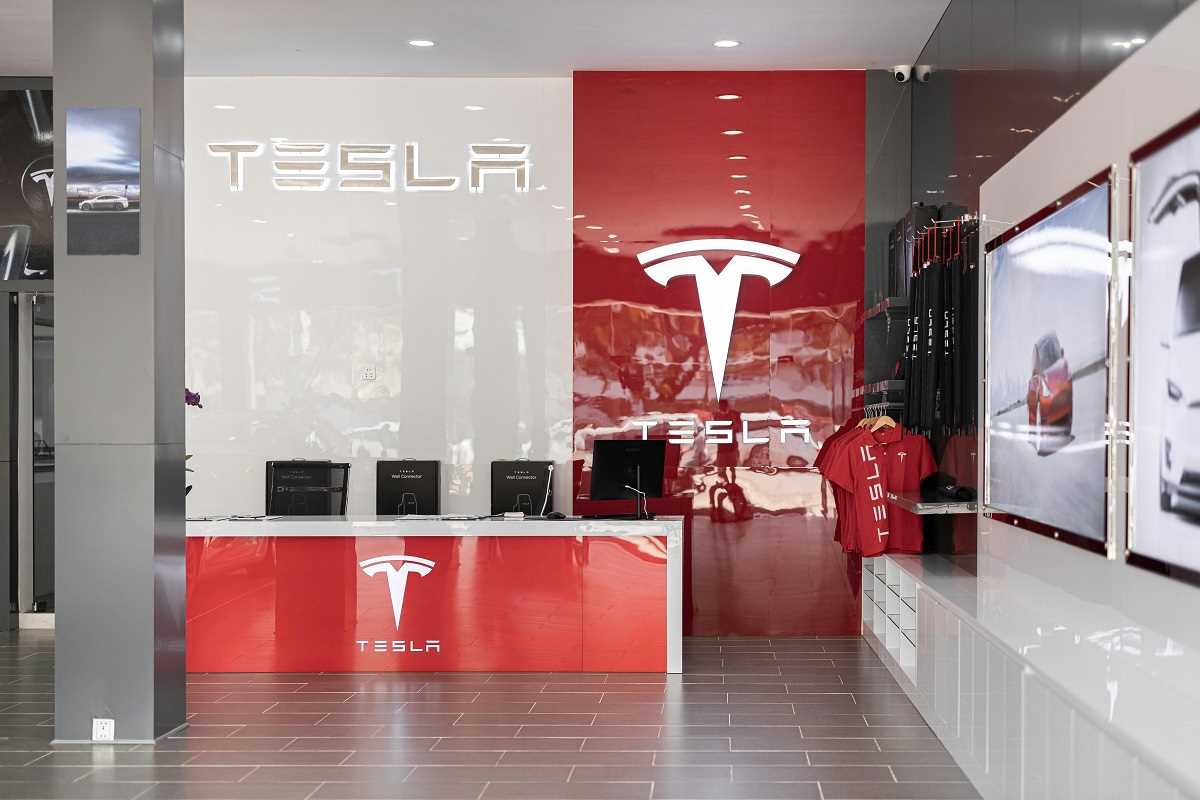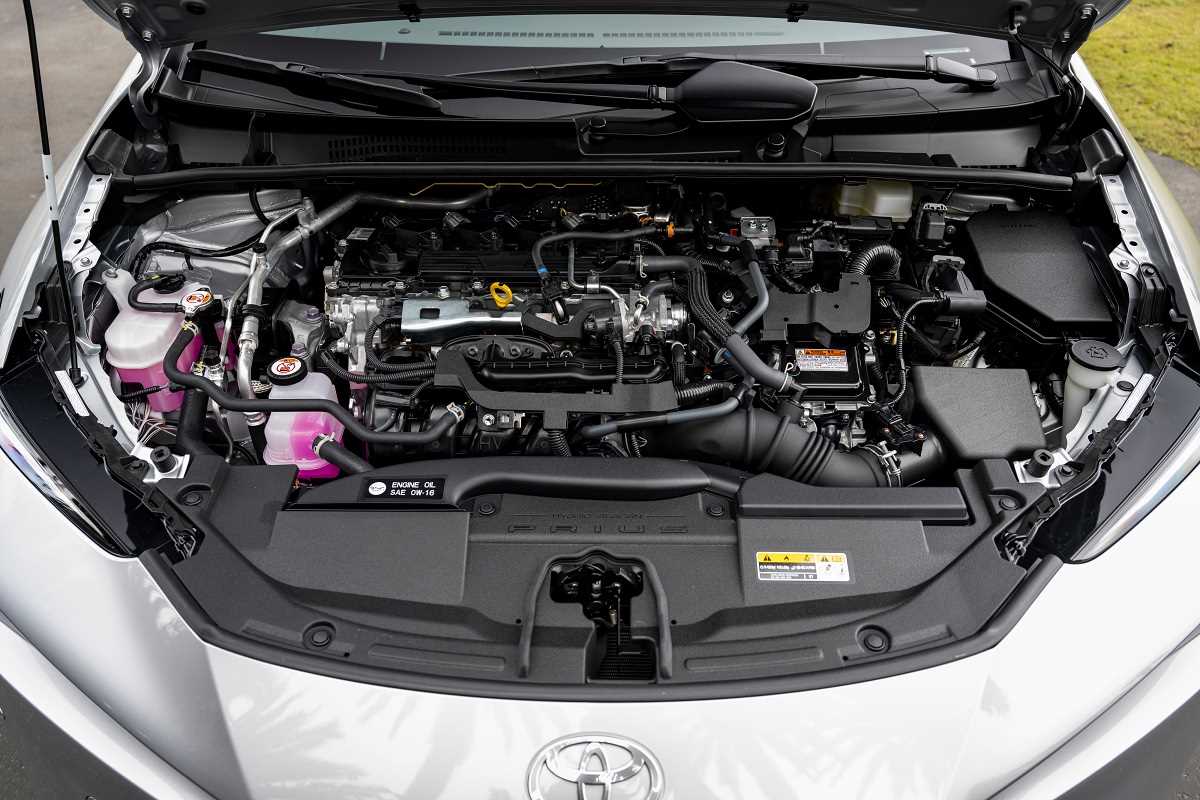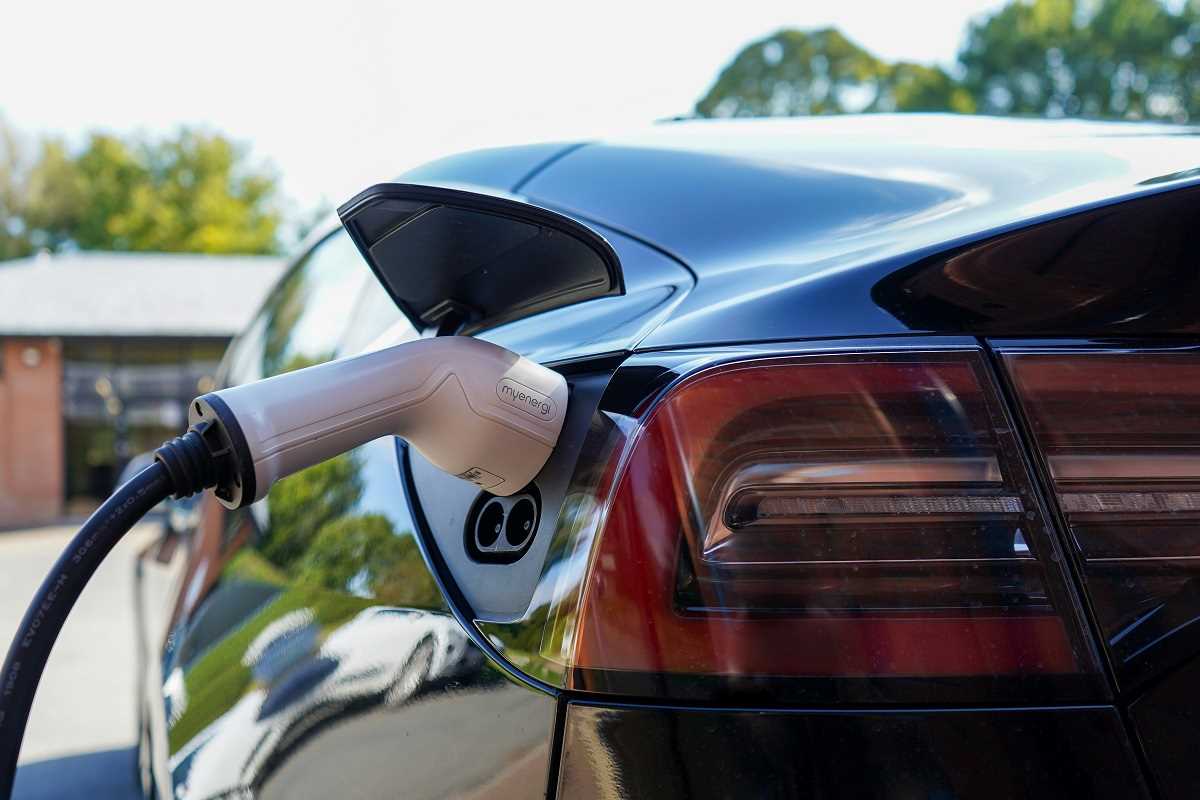Switching to an electric vehicle (EV) is an exciting choice. EVs promise cleaner power, reduced emissions, and quieter rides, which is why so many drivers are intrigued by what they offer. If you're considering making the leap to an EV, though, it’s important to understand that the initial price tag isn’t the only cost you'll face.
While EVs can save you money in areas like fuel and maintenance, there are hidden or less obvious costs to watch out for. Being aware of these potential expenses can help you make an informed decision and budget effectively. Here’s a comprehensive guide to the hidden costs of owning an EV, with tips to plan for them.
1. Installing a Home Charging Station
Charging your EV from home is convenient, but it comes with upfront costs you might not anticipate. Unlike filling a gas tank, EV owners need access to reliable charging infrastructure, and most start by installing a Level 2 charger at home.
What It Costs
- Charger Unit: Level 2 chargers typically range from $500 to $1,500.
- Installation Expenses: Unless you're an electrician, you’ll likely need to hire a professional to install the charger. Installation typically costs an additional $500 to $2,000, depending on your home’s electrical setup.
- Upgrading Your Electrical Panel: Older homes may require panel upgrades, which can add another $1,000 to $3,000 to the bill.
Tips to Keep Costs Down
- Research incentive programs. Many states, utility companies, or EV manufacturers offer rebates for charging stations.
- Compare quotes from multiple electricians to ensure you get a fair installation price.
Having a home charger is a major advantage, but understanding these costs upfront will prevent unwelcome surprises.
2. Higher Insurance Premiums
One of the hidden costs of EV ownership can be higher car insurance premiums. EVs often have higher repair costs due to their advanced technology, and insurers take this into account when determining your premium.
Why Insurance Is More Expensive
- Battery Repairs: Batteries make up a significant portion of an EV’s overall value. Replacing or repairing them is costlier than repairing a traditional vehicle's engine.
- Specialized Parts and Repairs: EVs require trained technicians and specific components, which drive up insurance claims.
What to Expect
Depending on the model, EV insurance premiums can cost 10% to 20% more than coverage for a comparable gas-powered car.
Tips to Save on Insurance
- Ask your provider about EV-specific discounts. Some insurers offer lower rates for eco-friendly vehicles.
- Shop around for the best rate. Comparing multiple policies can often lead to significant savings.
While higher premiums might not be a dealbreaker, they’re worth factoring into your long-term costs.
3. Battery Replacement Costs
An EV's battery is its heart and soul, but it’s also one of the most expensive parts of the car. While batteries are designed to last for many years, they will eventually degrade and require replacement.
What Does a Battery Replacement Cost?
- Replacing an EV battery costs anywhere from $5,000 to $20,000, depending on the vehicle's make, model, and battery size.
- Full replacements are typically rare within the first 8-10 years due to the durability of most modern batteries.
How to Extend Battery Life
- Avoid frequent fast charging, as it can accelerate battery degradation.
- Maintain moderate charge levels (between 20% and 80%) for daily use to reduce battery strain.
- Park in shady or temperate environments to limit heat exposure, which can slow battery wear.
It's crucial to check the battery warranty when purchasing an EV, as most automakers offer warranties between 8 and 10 years or 100,000 miles on their batteries.
4. Public Charging Costs
If you don’t have reliable access to home charging, you might find yourself relying heavily on public charging networks. The costs of public charging can vary significantly depending on the provider.
How Much Does Public Charging Cost?
- Level 3 Fast Charging: Can cost $10 to $25 for a full charge, often comparable to filling a gas tank depending on electricity rates.
- Subscription plans or pay-per-use pricing structures from providers like Electrify America or EVgo can help manage costs, but frequent users may spend more than expected.
Tips to Save
- Charging at public stations is often cheaper with a subscription, so consider signing up if you frequently use one network.
- Plan routes carefully. Some businesses, like grocery stores or hotels, offer free charging for customers.
Public charging may cost more than charging at home, so factor this in if you don't have a dedicated home setup.
5. Maintenance Costs Beyond Batteries
While EVs require less regular maintenance than gas cars (no oil changes or transmission repairs), there are still costs that might catch you off guard.
Hidden Maintenance Expenses
- Brake Servicing: EVs use regenerative braking, which reduces wear. However, brake pads and rotors can still require replacement over time, especially in areas with stop-and-go traffic.
- Tire Wear: EVs are often heavier than gas cars due to the battery's weight, which can cause tires to wear out more quickly. High-efficiency tires specifically designed for EVs can be more expensive to replace.
- Software Maintenance: Regular software updates, though often free, might incur costs if resetting or diagnostics are required in a service center.
Proactive Maintenance Tips
- Monitor tire pressure and alignment to minimize wear.
- Service your brakes periodically. Even with regenerative systems, it’s good practice to ensure proper function.
- Keep your EV software up to date to optimize performance and efficiency.
Maintenance costs aren’t as negligible as some may think, so plan accordingly.
6. Depreciation Differences
Depreciation, the rate at which a car loses value, tends to hit EVs harder than gas vehicles in their first few years. This is often due to rapidly changing technology and limited demand for used EVs compared to new ones.
Key Depreciation Drivers
- Rapid Innovation: Newer EV models are constantly being introduced with improved battery ranges, making older models less appealing.
- Limited Enthusiasts: The second-hand EV market is smaller, although it’s growing as more people explore the benefits of going electric.
How to Offset Depreciation
- Lease instead of buy. Leasing minimizes the impact of depreciation and lets you upgrade to newer technology more affordably.
- Choose a model with a strong resale value. Popular EVs like Teslas and the Nissan Leaf often hold their value better than lesser-known models.
Understanding depreciation ensures you’re prepared for how much value your EV might lose over time.
7. Additional Accessories
Finally, owning an EV can mean investing in accessories you didn’t realize you’d need.
Examples
- Adapters for Public Chargers: Some EVs use proprietary charging plugs that aren’t compatible with all public stations. Purchasing adapters can cost $50 to $200.
- Dedicated Parking or Charging Areas: If you live in a shared space like an apartment or condo, renting a dedicated parking spot with charging access could add ongoing costs.
Budgeting for Accessories
- Make a list of any additional equipment you’ll need based on your lifestyle and driving habits.
- Check what’s included with your EV purchase, as some manufacturers bundle accessories like charging cables.
Accessories may seem minor, but combined with other costs, they can add up.
Electric vehicles are game changers for the future of transportation. While they offer undeniable benefits like lower carbon emissions and reduced reliance on fossil fuels, it’s essential to look beyond the sticker price. Hidden costs like installing a home charger, higher insurance premiums, battery replacement, and public charging expenses can all impact your budget.
 (Image via
(Image via.jpg)


.jpg)


